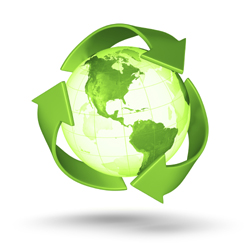Shrimp is by far the single most consumed seafood
Post# of 1078

Ocean trawling shrimp boats use large nets to catch their shrimp. Not only are these nets toxic, they disturb sensitive ocean-bottom ecosystems and in the process, catch a large variety of non-shrimp sea life which is typically killed and discarded. The world’s oceans can only supply a finite amount of naturally occurring shrimp each year. With global populations surpassing 7.5 billion and domestic consumption alone growing at 10%, it’s no wonder why global demand is outstripping the natural supply of shrimp. This is clearly an unsustainable production paradigm.
Shrimp farming, or aquaculture, has ostensibly stepped in to fill this demand/supply imbalance. However, the currently preferred open air method (man-made shrimp ponds connected to open ocean) of cultivating shrimp is usually done in third world countries where poor farmers have little regard for the ecosystem or the consumer. Because of this, farmers will use large quantities of antibiotics and dangerous levels of chemicals to try and maximize their crop. Open air systems are environmentally destructive, can create widespread viral outbreaks that can wipe out an entire region’s shrimp production and have high chemical contamination levels that make it unsafe for human consumption.
Both of these methods are destructive, dangerous, unsafe and unsustainable. NaturalShrimp’s production facilities will be the aquaculture industry’s first truly eco-friendly, sustainable way of cultivating shrimp in high density environments. Its closed system production methods will produce fresh, gourmet grade shrimp without use of antibiotics, pollutants and other chemicals or without further depleting the world’s oceans from overfishing.

 (0)
(0) (0)
(0)